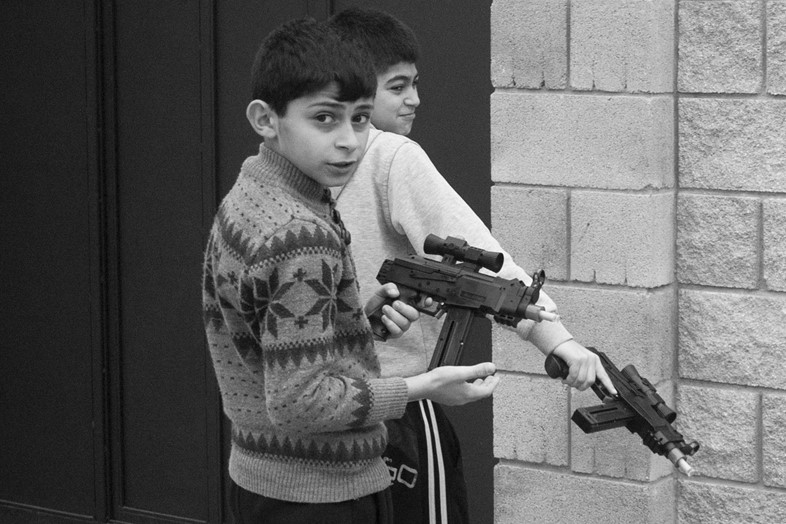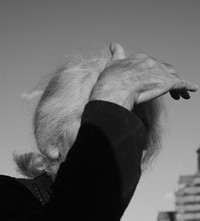Patrick Bienert’s new book, East End of Europe, is the result of travelling across Georgia, and photographing its people and landscapes
In 2014, German photographer Patrick Bienert found himself on Europe’s eastern edge, in Georgia – which for centuries has marked its border with Asia. At first, Bienert was there for leisure, but he soon learned about the country’s fractious years following the dissolution of the USSR and the ongoing political balancing act it plays between Russia and Europe. Between 2015 and 2018 he visited Georgia frequently, photographing the millennial generation that have grown up in this uncertain atmosphere. This project is now published in his latest book East End of Europe, by Kahl Editions.
In the three years that Bienert travelled across the small nation, once known as ‘the Italy of the Soviet Union’, taking in its food, wine, and the rich variety of its landscape, from the mountains of Svaneti to the spas and beaches of Batumi. At the same time he captured a nation of crumbling infrastructure and forgotten monuments, domed churches and wide, open steppe. But these desolate landscapes are animated by the people the photographer encountered. “I think it’s a personal story,” Bienert says of the book. “It’s about the people I met, and I tried to meet as many people as I could, but in the end it’s my own interpretation.”
As he chatted to friends in their homes and strangers he met on the roads, he uncovered childhood memories of the fall of the USSR. “They were years of lawlessness, mafia groups controlled society, and people were constantly attacking you on the street. You couldn’t leave the house on New Year’s Eve because people shot around with real guns.” He found society had taken a regressive turn. “Almost all of the people portrayed were married and had children early, because this is often the easiest way to get out of the conservative, church-oriented family structures, since many families only allow their daughters to move out when they are married.”
Bienert sees this history inscribed on the people. “When things like this happen and you can’t escape it, you have to live with it. I think that after a while this becomes visible. When you speak to people it’s not something they immediately tell you about, but if you spend some time with them then these traumas become visible in how they act, and in the end you can see it in the portraits.” There is a sense of melancholia and hardship emphasised by his subjects depicted alone in their small bedrooms and simple clothing, set against more sinister images such as children playing in the street with toy guns.

Despite this, the photographer saw glimmers of hope; he sees young people pushing the boundaries of conservative, violent society, and talks of Tbilisi’s renowned party scene and pictures technicolour nights of abandon. While some elderly people long for the old days of the USSR, for many of this younger generation the future means looking to the EU. “You feel that the young people really want to belong to Europe. They’re really open-minded and I had a lot of discussions about what Europe means for them.” In the eyes of these people at least, it meant stability and prosperity, perhaps peace.
At a time when the future of Europe and the EU seems so uncertain, it’s interesting to find such optimism from people at the edge of the continent, excluded and often forgotten. Their case is a reminder that to be European is less a question of location than of status and identity – that to be European is a privilege afforded to few, hard-gained, usually hard-held. “I think there is a future, I really hope so,” Bienert says. “I think there are some problems that they have to find solutions for, but I think there are so many young people that are so motivated that there definitely has to be.”
East End of Europe by Patrick Bienert is out now, published by Kahl Editions.















